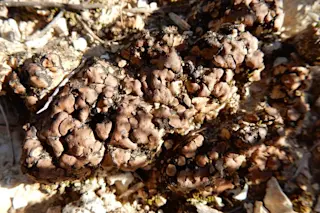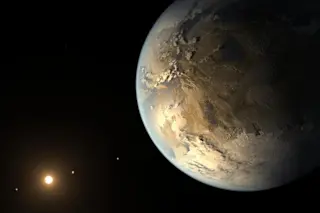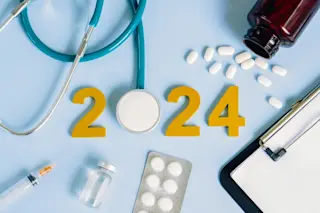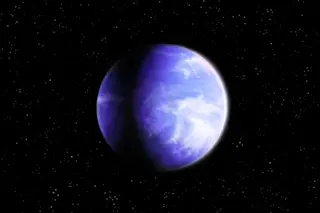Fans of exoplanets have had an exciting few days. First the long-awaited Kepler results were announced
, confirming over 700 new worlds outside our solar system. Exciting! That was tempered just a day later, however, by the news
that many of the “super earths” astronomers have discovered over the years — worlds larger than Earth, but smaller than Neptune — may in fact be inhospitable, even within their stars' habitable zones. But the latest exoplanet news buoys hopes of off-Earth habitability: a new study indicates that potentially habitable exoplanets are much more common that we’d thought.
The study authors, an international team of astronomers, combined and analyzed existing data from two planet surveys run by the European Southern Observatory: HARPS
(High Accuracy Radial Velocity Planet Searcher) and UVES
(Ultraviolet and Visual Echelle Spectrograph). By applying advanced statistical techniques to the data, the researchers discovered that a specific kind of star ...













